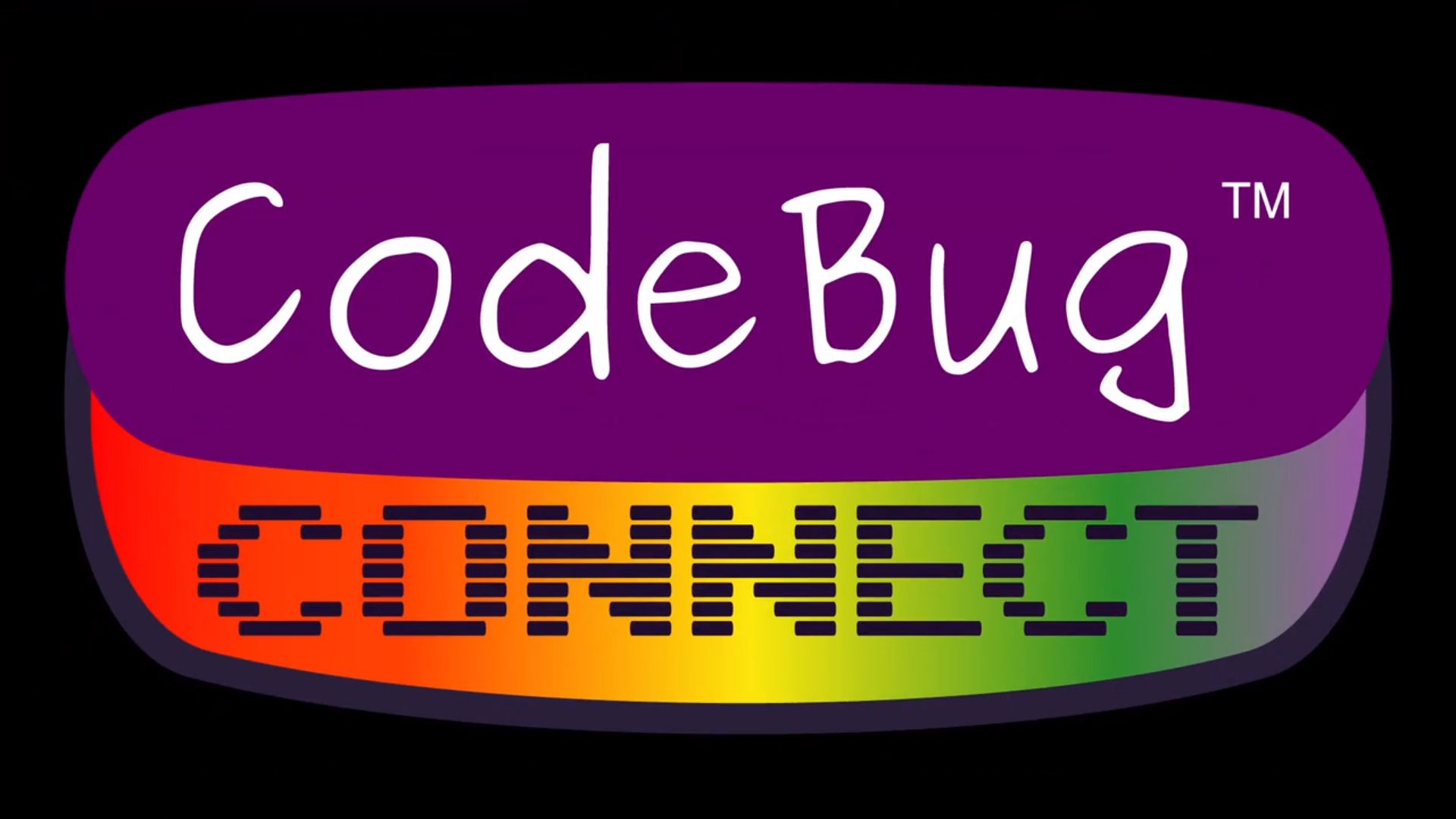CodeBug has announced the Connect, a development board for Internet of Things (IoT) projects aimed at educators and young makers. The new hardware is created by the same Machester, UK based team that made the original CodeBug.
The latest development board brings a host of new features, including smart Wi-Fi connectivity, an onboard accelerometer, an LED matrix, and high impedance general-purpose input/output (GPIO) pins for touch sensing.
CodeBug: Democratizing the Internet of Things
The new board was launched via Kickstarter on November 18 and reached its £6000 goal in just over 12 hours. Connect, which is similar in form factor to the original CodeBug released in 2015, is powered by an Atmel SAMD21, a lower power 32-bit Arm Cortex M0+ based microcontroller.

The CodeBug team has provided a browser-based IDE using a refactored version of MicroPython, a popular build of Python 3 designed for working with embedded hardware. Connect provides an access point, allowing wireless programming from any Wi-Fi-enabled device, including computers, tablets, and smartphones.
CodeBug Connect is available via Kickstarter, with various pledge levels available.
Perfect for Young Minds
CodeBug makes products with young people in mind, from the hardware side to the software and educational materials.
The GPIO headers are large loops making it easy to attach crocodile clips to test out circuits or conductive thread for creating wearable electronics. CodeBug is also releasing a series of chainable add on boards featuring environment sensing, GPS location transmission, and air quality evaluation.

While the Connect is relatively new, CodeBug has created online examples teaching the fundamentals of embedded computing and sensing, complete with interactive step by step guides showing code in block form, Python, and JavaScript simultaneously.
CodeBug Connect: The Technical Specifications
The base CodeBug Connect board is stuffed with features to keep young minds busy, but there's nothing to stop experienced hardware programmers from repurposing the board using more traditional methods.
The full hardware specs for the Connect:
- 5x5 RGB LEDs with dedicated hardware driver/buffer
- Two 5 way navigation joysticks
- Onboard Accelerometer
- 4 GPIO legs, including high impedance sensing for detecting touch (think MaKey MaKey TM)
- 6 Sewable/croc-clip-able loops. 4 I/O including analogue 1 power and ground
- 6 pin GPIO 0.1" header (configurable for UART/I2C/SPI, I2S or analogue audio out)
- QuadCore -- four heterogeneous processors
- 4MB Flash Storage
- 2.4GHz WiFi 802.11 b/n/g, Station and Soft AP (simultaneous)
- Experimental long range wireless 0.8km to another CodeBug Connect
- UART terminal access over USB
- High efficiency SMPS Boost convertor for battery (JST PH connector)
- High efficiency SMPS Buck convertor from 5V USB
Cute and Clever Coding Companions
CodeBug's changes to the Connect come shortly after the release of the newly upgraded BBC Micro:Bit, and it's easy to see why. Both aim to teach kids about embedded computing and coding in general.
While there's clearly some crossover here, both the CodeBug Connect and the Micro:Bit aim to remove some of the complexities of physical computing. Instead, they engineer fun, learning-based projects where fundamental concepts are illustrated simply.
Both are perfect for young Makers. The CodeBug Connect is cuter, though.